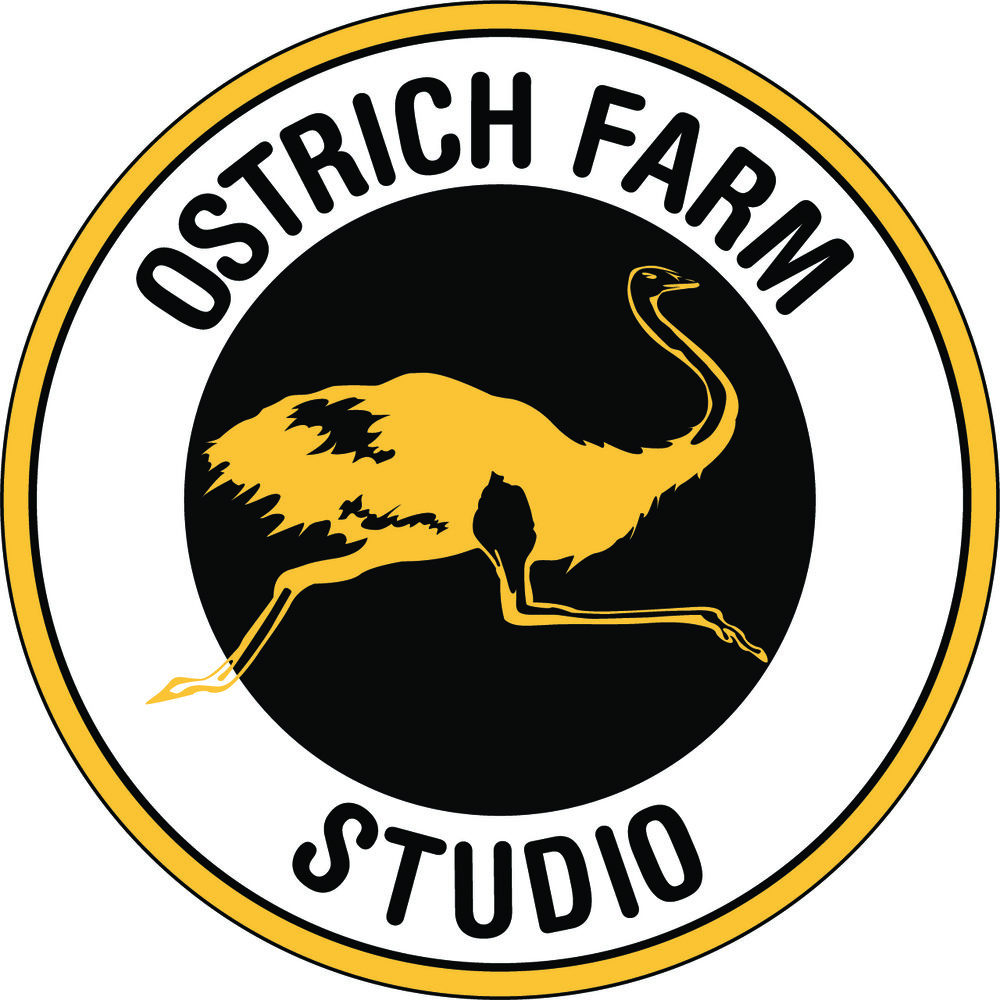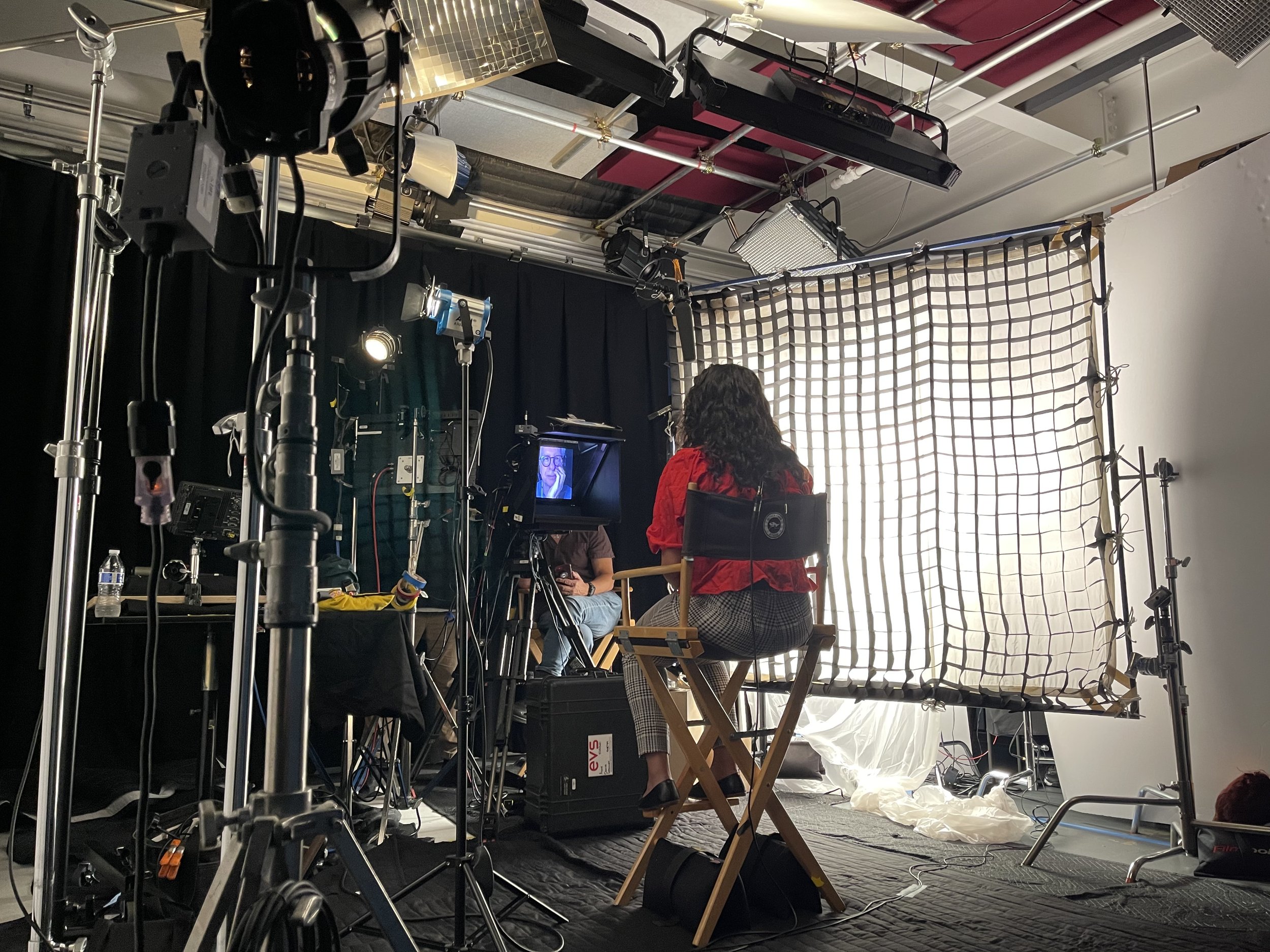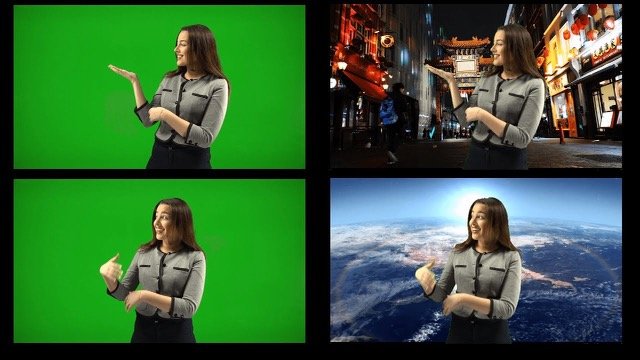Introduction: Chroma keying, the magical process that transforms ordinary backgrounds into captivating landscapes, is a cornerstone in the world of video production. For those looking to achieve seamless and professional chroma key effects, the choice of color space plays a pivotal role. In this blog post, we'll explore why shooting in a 4:2:2 color space is essential for mastering chroma keying and unlocking a world of creative possibilities.
Understanding Chroma Keying: Chroma keying, often referred to as green screen or blue screen, involves isolating a subject from its background and replacing it with a different image or video. This technique is widely used in filmmaking, television production, and even online content creation to transport characters to fantastical worlds or create immersive virtual environments.
The Role of Color Space in Chroma Keying: The success of chroma keying relies on the ability to precisely separate the foreground subject from the background. This is where the choice of color space becomes critical. Shooting in a 4:2:2 color space provides a higher level of chrominance information, allowing for more accurate and detailed color representation. This additional data is invaluable when it comes to isolating and manipulating the colors during the keying process.
Cleaner Edges and Detailed Transitions: One of the key benefits of shooting in a 4:2:2 color space for chroma keying is the ability to achieve cleaner edges around the subject. The enhanced chrominance information ensures that fine details, such as hair strands and intricate clothing patterns, are accurately preserved. This level of precision is crucial for creating a natural and convincing composite, where the subject seamlessly integrates into the new background without artifacts or color bleeding.
Reducing Color Spill and Artifacts: Color spill, the unintentional reflection of colored light onto the subject, is a common challenge in chroma keying. Shooting in a 4:2:2 color space helps minimize color spill and artifacts by providing more data to distinguish between foreground and background colors. This results in a cleaner key, allowing for a more authentic and polished final product.
Flexibility in Post-Production: Shooting in a 4:2:2 color space not only improves the keying process but also offers greater flexibility in post-production. The additional color information allows for more refined color grading and adjustments, ensuring that the final composite looks seamless and visually stunning.
Conclusion: In the realm of chroma keying, the choice of color space can make all the difference between a mediocre result and a professional, polished production. Shooting in a 4:2:2 color space with its enhanced chrominance information empowers filmmakers and content creators to push the boundaries of visual storytelling. Step into the world of limitless possibilities with Ostrich Farm Studio, where every key is a brushstroke in the canvas of your imagination. Master the art of chroma keying, and let your creativity take flight.
-Glenn D Cunanan











